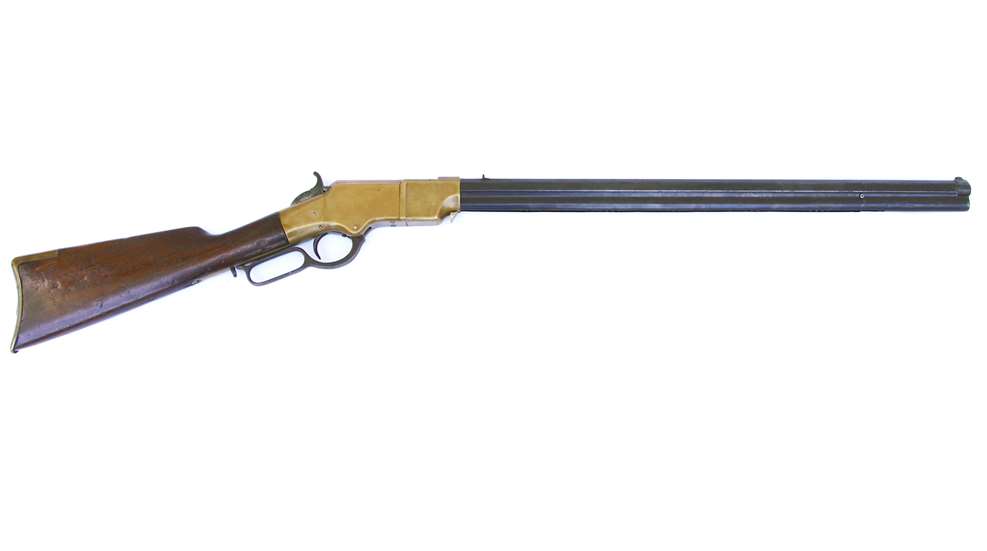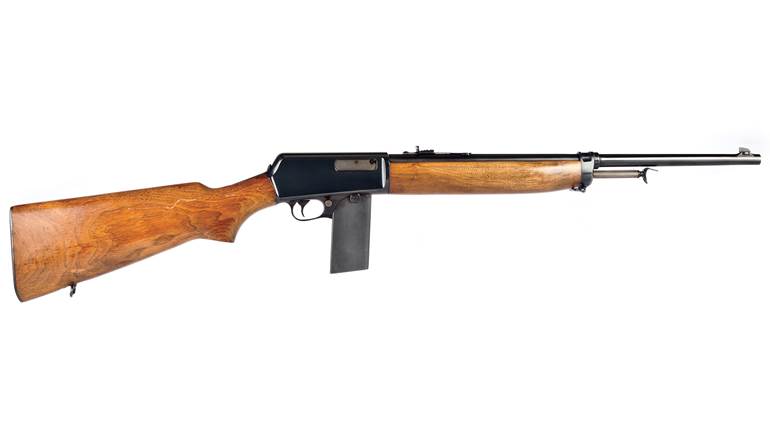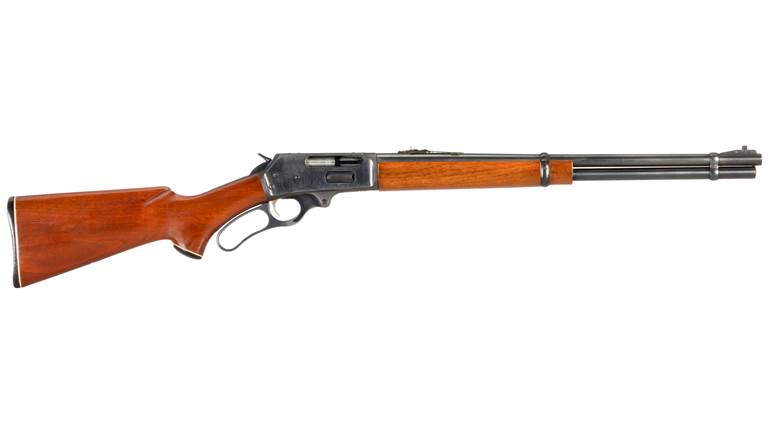
Although he probably didn’t plan it, when New England shirtmaker Oliver Fisher Winchester acquired the Volcanic Repeating Arms Co. in 1857 and re-named it the New Haven Arms Co., he ended up dramatically altering firearm technology, helped settle the American West and subsequently created a legacy that continues to this day.
Winchester’s primary asset with his newly named company was the Volcanic, a then-malfunctioning repeating pistol designed to cycle and fire cartridges via a finger lever. In an era of single-shot muzzleloaders, Winchester saw the obvious benefits of such a gun, if it could be perfected. To achieve that goal, he hired firearm designer Benjamin Tyler Henry, with the directive to “see if you can make this fool gun work.”
One of the Volcanic’s problems was the ammunition it fired. Henry set about transforming the underpowered self-contained cartridges into a 216-grain, .44-cal., pug-nosed bullet held in a rimfire-detonated copper case containing 13 grains (later increased to 28 grains) of powder. To handle this larger, more powerful cartridge, the rifle’s receiver and toggle-link action were beefed-up so dramatically that they became the basis for the future Winchester Models 1866, 1873 and 1876. Henry also incorporated twin firing pins to help alleviate misfires with the rimfire ammunition.
What finally emerged was a 24"-barreled, 15-shot, lever-action rifle that Winchester named after its inventor, the Henry Repeating Rifle. The proprietary cartridge it fired became the .44 Henry Flat. The Henry was loaded by raising a spring-powered brass plunger up a lengthwise slit in the magazine tube, then rotating it open. Cartridges were carefully slid, base first, down the tube, which was rotated closed and the plunger lowered onto the topmost cartridge.
Although not overly powerful, the Henry offered unprecedented firepower by dint of its high capacity. Appearing in 1860, on the eve of the Civil War, privately acquired guns immediately found favor with both the Rebels and the Yankees, in spite of its $47 price tag (compared to $16 for a muzzleloader). Long after it was discontinued in 1866, with 13,500 rifles produced, the Henry went on to blaze its way into Western expansion and history.
Such was probably the case with this first-year-production Henry, Serial No. 143, which was purchased in the 1970s by a collector who spotted a Texas rancher’s children playing “cowboys” with it after they discovered their great-grandfather’s “Civil War rifle” in the attic. It is not known what that selling price was, but today, this 30-percent Henry is easily worth $22,500 to $25,000.
Gun: Henry Rifle
Manufacturer: New Haven Arms Co.
Chambering: .44 Henry Flat
Serial No.: 143
Manufactured: 1860 (First-year production; has early rounded buttplate heel and no half-cock notch. A few hundred early rifles had iron frames, but the majority, including this one, had brass frames.)
Distinguishing Features: An eight-pointed star is carved into the stock, no doubt contemporary with the rifle.
Condition: NRA Very Good (Antique Gun Standards)
Value: $22,500 to $25,000




































